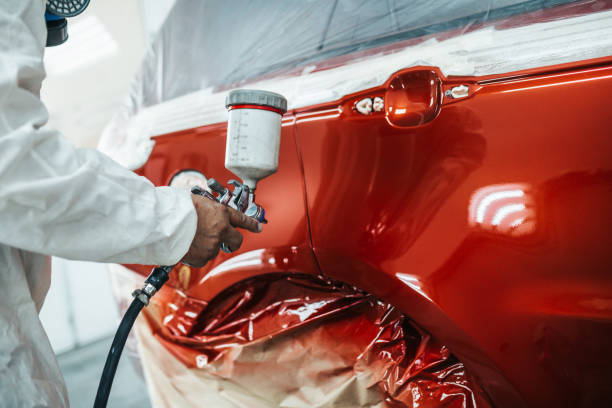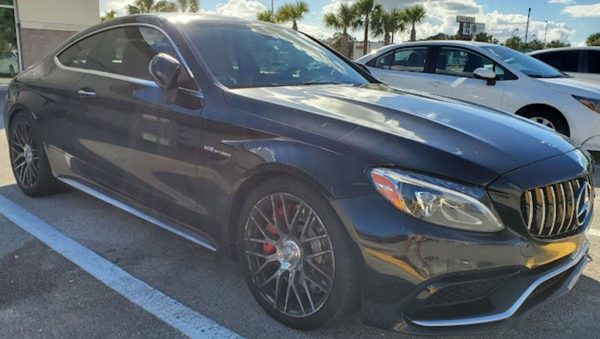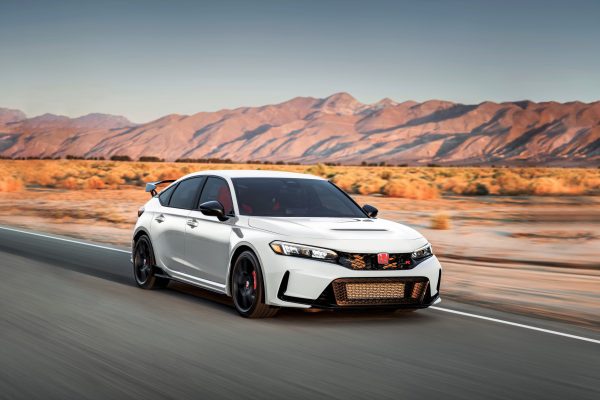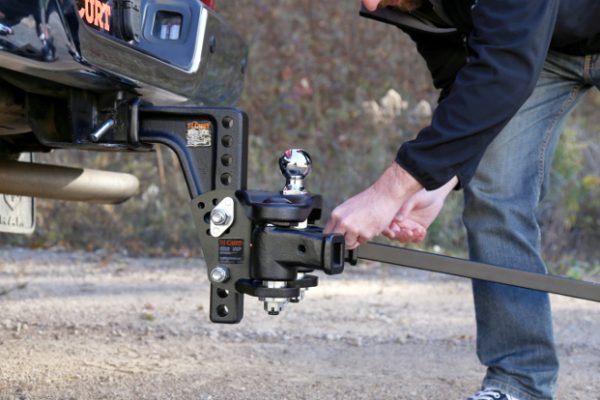You’ve probably been wondering how many coats of paint and clear coat a car needs. Here are some basics on the application and color of each. You can even save money by using a single-stage paint that requires less total paint than multi-stage paints. But what about when your car doesn’t need a single-stage respray? Here are a few things to consider.
Table of Contents
Basics
There are several layers of car paint on a vehicle, the most obvious of which is the clear coat. The paint is often mixed in two parts, the colored coat being applied over the base coat. Different layers have different types of finishes, and the clear coat acts as the protection layer between the painted surface and the elements. The thickness of the transparent layer can change the behavior of light inside the paint and the type of gloss it provides.
The most common and inexpensive kind of clearcoat is the universal type, which comes in a lower solids content. This is the preferred choice for first-timers, since they are more inexpensive. However, if you have never painted anything before, start with a small portion of your car or try a test surface before attempting a larger part. It will also make it easier for you to make mistakes, so try to practice first on a spare part or another surface.
Colors
Among the many things to keep in mind when painting your car, the colors are very important. While car color trends come and go, you should focus on neutral shades if you want to increase resale value. The most common car paint colors in North America include white, silver, gray, and black. Red and blue are not as popular and are considered to be outdated a decade from now.
Vehicle Clear Coat is a glossy protective layer that adds to the durability and longevity of a car’s paint. A clear coat also enhances the effect of colors, allowing metallic flakes and pearl mica to show through. The clearcoat also protects the paint from ultraviolet rays and helps keep colors more vibrant for longer than older paint systems. Clear coats can be purchased online, or from a paint store.
Usually, the clear coat is applied over the base coating. The clear coat does not affect the base paint’s color, but it does allow for better cutting and drawing. Clear coats are also half the price of primers. Several coats of clear paint can be used for the same result. One can also experiment with different colors by painting a diagonal line across the top of the car’s front panel.
The clear coat is a protective layer that helps keep the paint from oxidizing. It prevents fading and allows metallic and pearl paint finishes to shimmer. Clear coats also protect the paint against abrasive chemicals. Clear coats can also be prone to scratches and scuffs. They are prone to scratches, but they are less susceptible to abrasive materials.
Choosing the right color for your car is important for many reasons. Firstly, you have to decide if the car has been repainted or has its original factory color. In addition, you should use a spectrophotometer to accurately read the color of the bodywork, as this will reduce the chances of color matching errors. Second, you must clean the surface you’re painting. Then, you must conduct different tests on a paint test card to determine the number of effect coats needed.
Cost
There are two basic types of coatings: enamel and base coats. While the latter is more expensive, it produces smoother, longer-lasting coats. Enamel paints require two or three quarts of enamel, while base coats typically require three to one gallon of clear coat. Either type will require an additional clear coat or more paint, so it’s important to choose the right one for your car.
While a base coat clear-coat application is a great option for cars, you can get the same results with a different type of protective coating. Clear-coat applications are lightweight and can be completed in a shorter period of time. However, for lighter-colored cars, several coats may be required to ensure the best protection. These extra coats can be a great investment if you plan to keep your car in a garage.
Another option is to apply pearl paint. Pearls are more difficult to apply and may cost as much as $200 for a few ounces. You can order pearl paint online for $200. Pearls are more difficult to spray, and you need more than one coat to get a perfect finish. However, pearls can be a great option for those who don’t have much experience with car painting. Alternatively, you can opt to add a pearl layer to your clear coat.
One thing to keep in mind when determining the cost of your paint project is that it can run into the thousands of dollars. While you can get a basic set of costs from $300 to $910, the more detailed your car is, the more expensive the paint is going to be. For instance, pearl white can cost as much as $160 a quart. For the same type of paint, you should budget for about $240 a gallon, if you plan on doing the job yourself.
Application
The two primary coats of paint, the base and clear, must be applied correctly. The base coat should be applied first and let dry completely before the clear coat. During this step, the clear coat must be applied in a thin, even coat. It should also dry on its own. In many cases, the clear coat can be applied in a single step. However, the process is more complicated than that, so following these tips is essential.
The first step is to determine which type of clear coat you need. There are two kinds of clearcoats: low and high-solids. Generally, low-solids clear products are cheaper. If you’re a first-time painter, choose a lower-solids clear product or a spare part. If you’re unsure, practice the application on a test surface or spare part before you try the higher-solid clear products on a car part.
During the application of paint, you should wear individual protective equipment and take appropriate precautions. You should also use collective prevention measures like a paint booth or mixing room. These measures can protect you from any harmful chemicals in the paint. It is important to ensure proper adhesion between the paint layers and prevent delamination of the clear coat. Clear coats can be made with pearlescent pigments. In order to avoid this, you should ensure that the clear coat is able to withstand UV rays.
The final step in the painting process is the application of clear coat. The clear coat serves two purposes: to improve the appearance of the painted piece and to protect it from the environment. The first is to protect the painted piece from the weather and the elements. The second is to increase the durability of the paint. Clear coats protect the paint against corrosion and the ravages of time. It also protects the painted surface from ultraviolet rays.





